ERP Study on Virtual Agent Facial Anthropomorphism: Effects on Social Presence and Brain Activity
This project investigates how varying degrees of facial anthropomorphism in virtual agents affect users’ brain responses and perceived social presence.

In this work, I designed an anthropomorphic virtual assistant by overlaying facial components—such as eyes and mouth—onto passive physical forms (e.g., cubes and chairs) using Augmented Reality (AR). The goal was to explore whether users cognitively and socially respond to these hybrid designs as they would to human-like agents.
To assess users’ neural responses, I used EEG-based Event-Related Potentials (ERP), focusing particularly on the N170 component, which is known to be sensitive to face-like stimuli. Stimuli were presented in VR environments in structured paradigms to examine:
- Whether partial or abstract facial features on objects elicit N170.
- How combining facial features with non-human objects like cubes or chairs alters face perception.
- The competition effect between context (object) and face components on ERP signals.
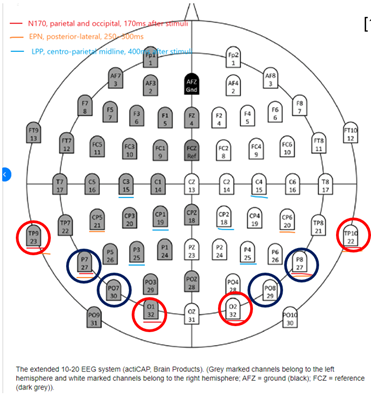
Key Methods and Tools
- EEG recording with 8-channel Unicorn system using a modified 10–20 layout.
- ERP design based on established paradigms.
- Real-time VR and AR interaction with humanlike virtual agents.
- Social presence assessment using validated questionnaires.
Inspired by the experimental design in [2], where context like chair and face stimuli competition effect on N170 were studied, we also manipulated the context and face stimuli (see Figure 3).
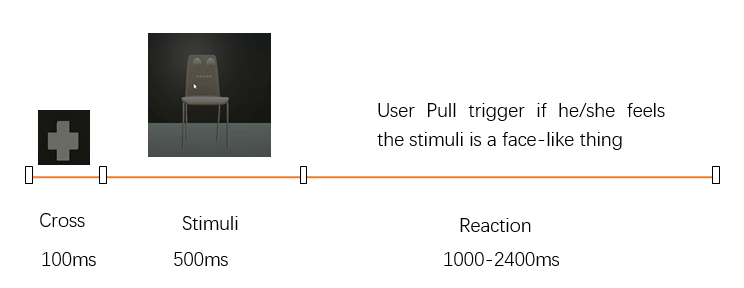
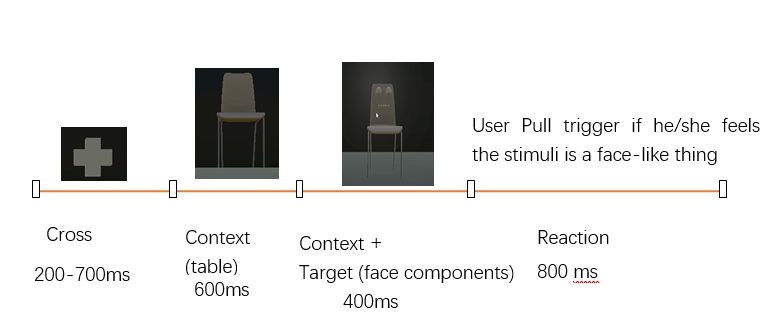
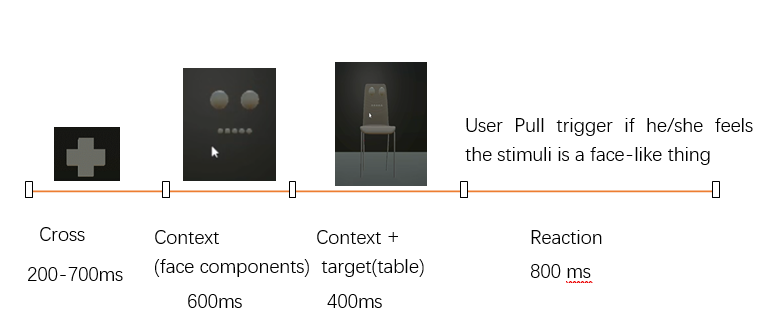
Preliminary Results
- N170 ERP signals were observed for abstract and realistic facial cues.
- Augmenting passive objects with humanlike facial features can delay or modulate N170 responses.
- Chairs with realistic face components triggered N170 around 190ms, suggesting delayed but notable face perception.


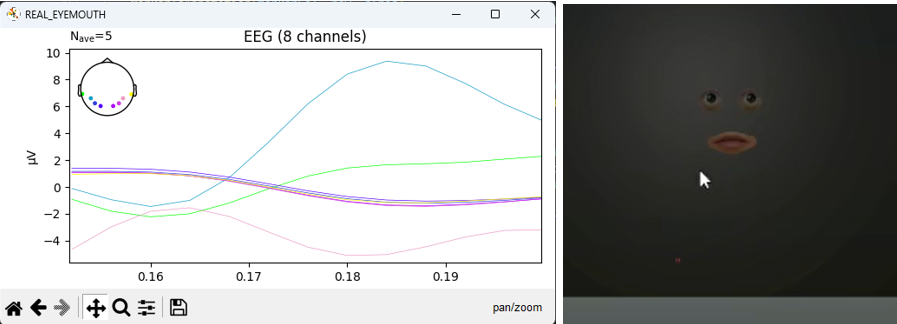
This research aimed at understanding how facial anthropomorphism in non-human agents, especially when overlaid onto everyday objects, can influence neurocognitive processing and social engagement in mixed reality environments.
[1] Schneiders, Eike, Eleftherios Papachristos, and Niels van Berkel. “The effect of embodied anthropomorphism of personal assistants on user perceptions.” In Proceedings of the 33rd Australian conference on human-computer interaction, pp. 231-241. 2021.
[2] Sadeh, Boaz, and Galit Yovel. “Why is the N170 enhanced for inverted faces? An ERP competition experiment.” Neuroimage 53, no. 2 (2010): 782-789.
